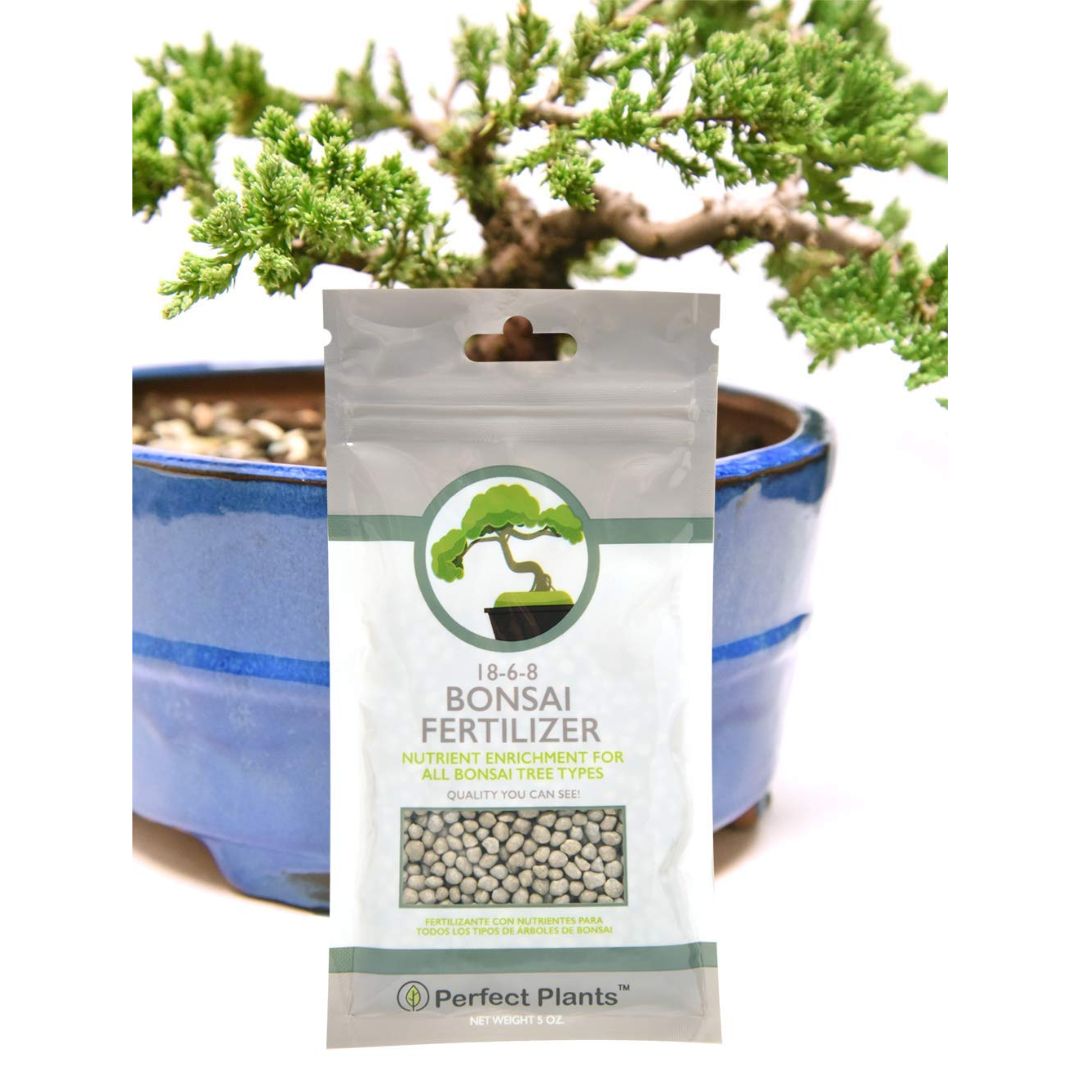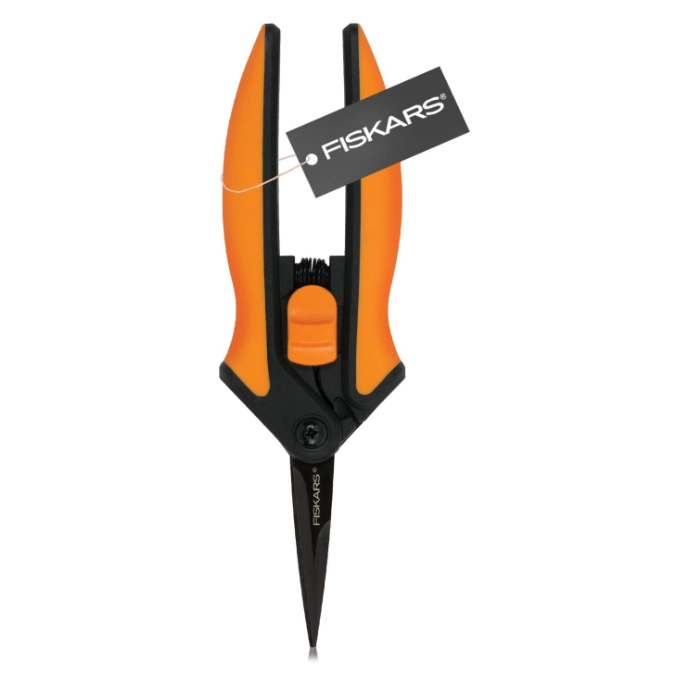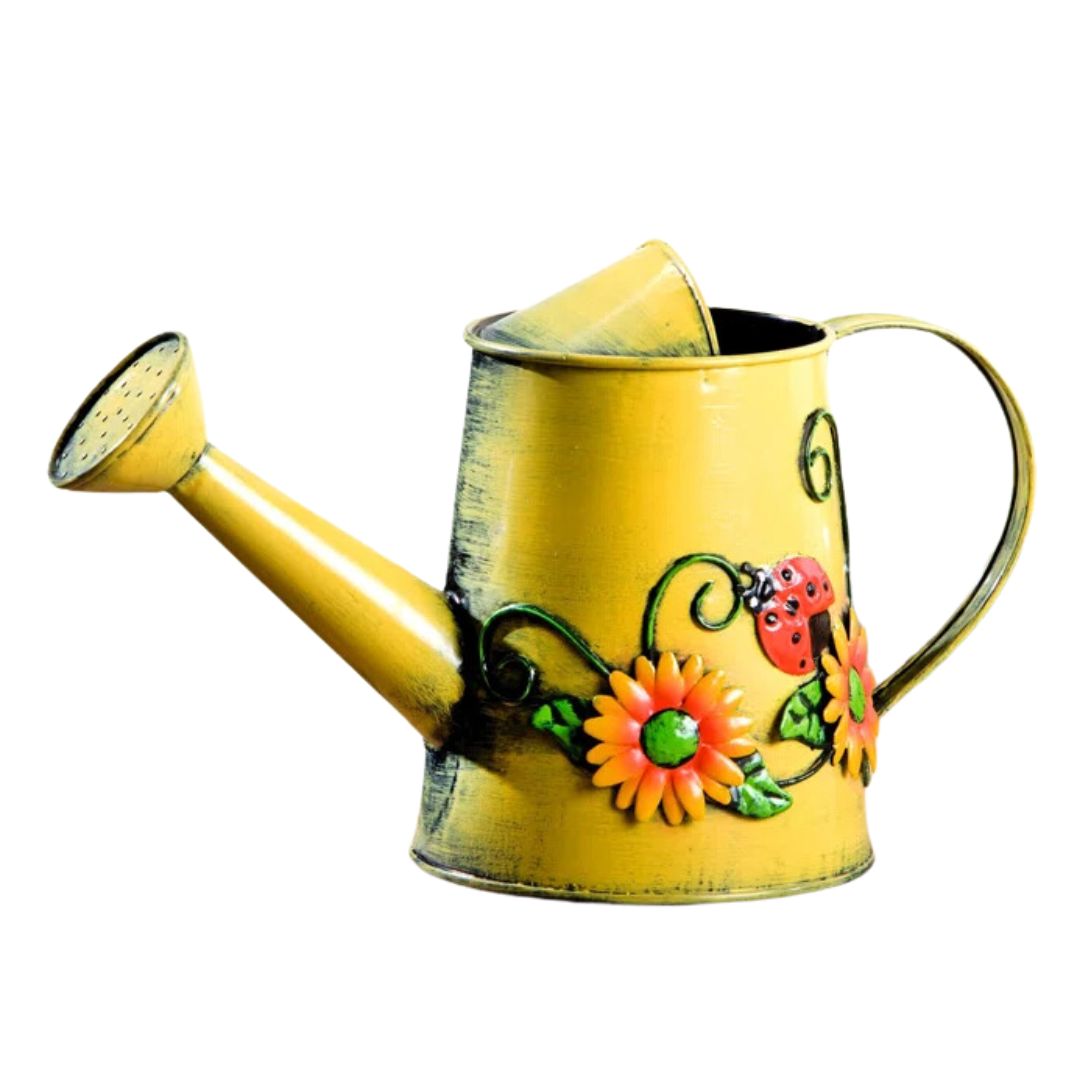How to Care for Bonsai Trees – 6 Tricks Experts Wish You Knew for Care, Fertilizing and Pruning
While Bonsai trees may look and feel more delicate than regular indoor plants, with these few basic rules in mind, you should be able to care for them easily
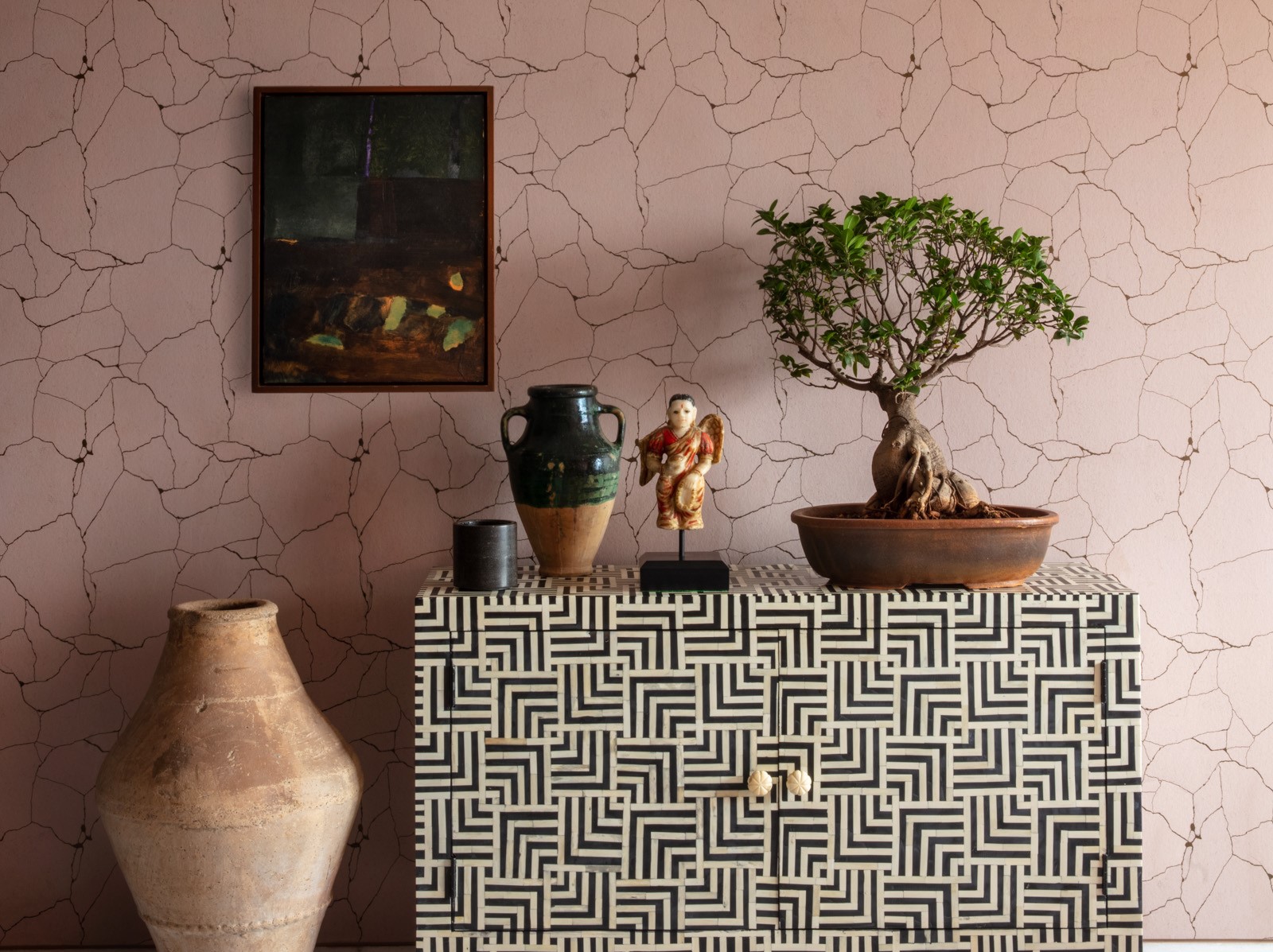
Aditi Sharma
Caring for bonsai trees might feel a bit intimidating at first but largely experts aver that once you choose the right variety, it can be a smooth sailing experience.
'I find that it is not the fact that it is bonsai that makes plant care easy, but instead, the variety of plants you select,' says Kat Aul Cervoni, landscape designer and founder of Staghorn NYC and The Cultivation by Kat. 'For example, a Jade Bonsai tree along with some others are especially low maintenance and easy as they have low water needs.'
If you are planning on bringing one at home, you need to understand how to care for them well. These container gardening ideas by experts will offer you big help.
1. Start with easy-to-care for varieties

Bonsai Ficus Ginsengs
There are many different types of bonsai trees, so we asked the experts which are the best for budding bonsai beginners for indoor gardening.
'Inherently, bonsai is not easy-to-care-for, so I would rather say that there are other easier varieties you could consider,' says plant doctor Christopher Satch. 'And to be clear, not every plant is compatible with being grown in a bonsai way. Fast-growing plants are not suited to be bonsai at all; these are plants that have multiple growths or very elongated growths per season. The easier-to-care for bonsai are trees that grow slowly – very slowly. The slower they grow, the better they bonsai.'
'Amongst the easiest ones to take care of are Jade, Ficus (note that the ficus varieties used in bonsai are small-leaf varieties and are more forgiving with watering, not the ficus lyrata or fiddle leaf fig that is a notoriously popular-but-finicky, regular-sized indoor plant) and Schefflera,' says Kat Aul Cervoni.
2. Recreate its natural habitat
While bonsai are amongst the best trees to grow in pots, these do well when certain environmental conditions are met.
Be The First To Know
The Livingetc newsletters are your inside source for what’s shaping interiors now - and what’s next. Discover trend forecasts, smart style ideas, and curated shopping inspiration that brings design to life. Subscribe today and stay ahead of the curve.
'Most bonsai are grown outdoors,' says Christopher. 'Though it's perfectly possible to keep a bonsai indoors, you will just have to check on it every other day. Water only when the soil reaches complete dryness, which for the small pot sizes, should be after a few days. If the pot is not drying after a few days, increase the number of hours of direct sun that the bonsai gets. Bonsai's must have 5+ hours of direct sun per day, or they will wither. Any sunporch, or room with a south-facing window will help them do well.'
'As with houseplants, trying to recreate their natural habitat in your care routine will lead to healthy and happy trees,' says Maddie Porritt, plant expert at The Stem. 'Most indoor bonsai have tropical origins and will thrive in warmth, humidity, and non-direct sunlight.'
3. Don't let the soil dry out
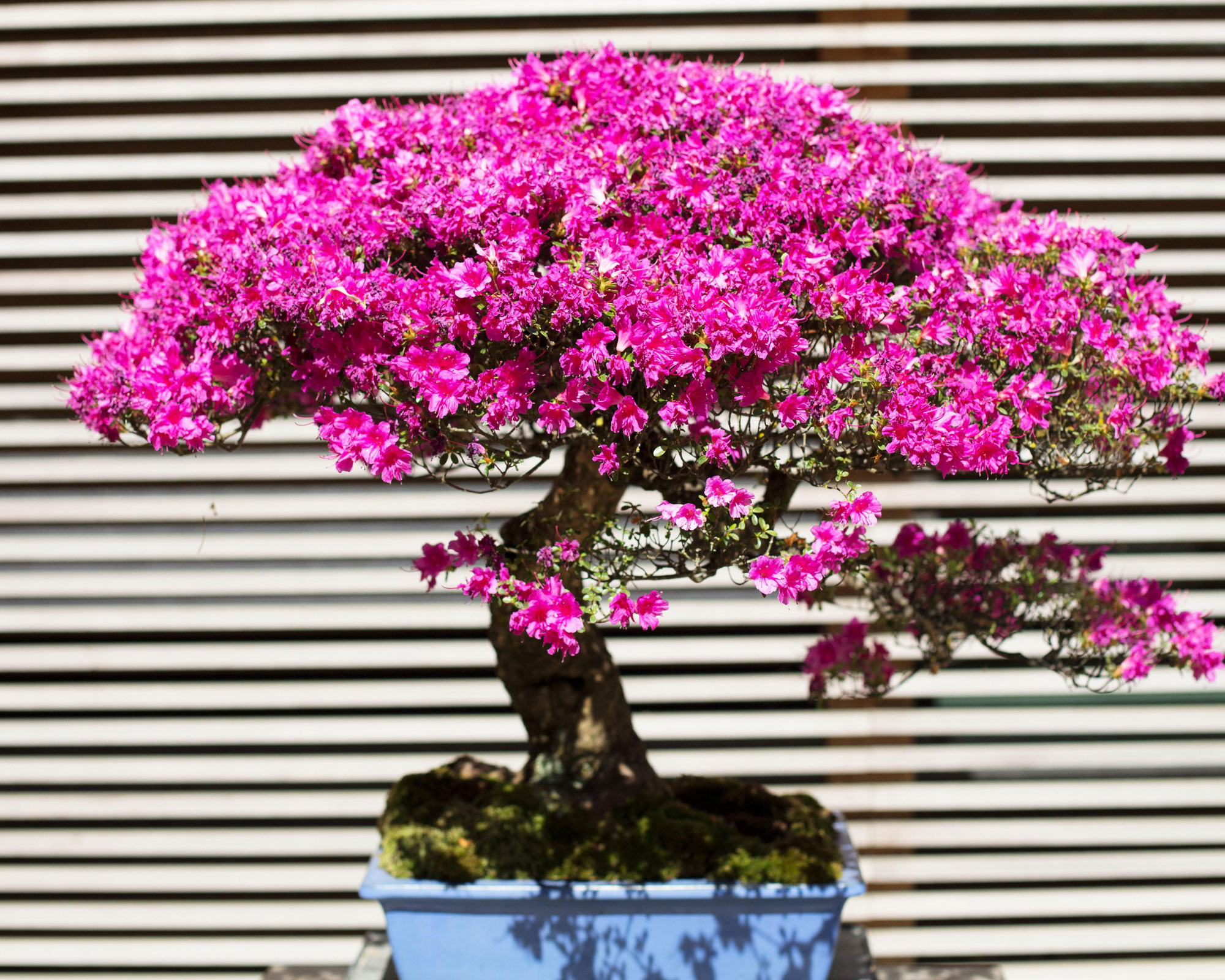
Ficus Ginseng
Knowing how often to water houseplants is the key to indoor gardening success. How much water your bonsai needs will depend on the type of tree, but it's important to water them frequently.
'The watering schedule for your bonsai will be dictated by the plant type as well as its size, location, and the season (particularly if outdoors),' says Kat Aul Cervoni, landscape designer and founder of Staghorn NYC and The Cultivation by Kat. 'Like any potted plant, some will prefer to dry out between waterings while others will want to maintain some level of moisture. However, none will want to stay drenched or sit in standing water as this will lead to root rot. However, on average, you can typically count on needing to water your bonsai 1 to 2 times a week.'
4. Feed it fertilizer
Decorating with plants like bonsais is a great way to increase the appeal of your home but to maintain their artistry our experts maintain that these tiny trees need to be fed to encourage growth.
'Fertilizer is extremely important for maintaining healthy bonsais as their roots are constricted and only limited to the nutrients available in their planter (which can be quickly used up by bonsais),' says Kat. 'Depending on the type of species your bonsai is, you may want to opt for a fertilizer with a high nitrogen level in spring to promote foliage growth, a balanced level in summer for maintenance, and then a lower nitrogen level in fall to promote overall health without pushing for foliage growth. The NPK (nitrogen, phosphorus, and potassium) level of a fertilizer is noted on the container and will show three numbers to correspond with the nutrients. e.g., 9:6:6 would be high nitrogen. 6:6:6 would be balanced, and 6:6:3 would be low nitrogen, and so on. For a simpler routine, you can just opt for a balanced fertilizer and will likely still yield good results.'
5. Trim and prune its leaves
The careful pruning of the branches and roots, pinching off new growth, and periodic repotting of bonsai for your dry garden requires focus and patience.
'Bonsais benefit from frequent pruning both for maintaining its size and shape and also for refining its structure and promoting smaller foliage,' says Kat. 'Trees naturally want to grow from the top and outer portions of their branches, so it’s important to prune these areas regularly to encourage more growth. Deciduous bonsai trees also benefit from 1x yearly defoliation, or trimming of a portion or all of the newly grown leaves to promote a new flush of smaller finer growth. Be sure to only cut the leaf and leave behind the leaf stem.'
6. Repot young trees every 1-2 years
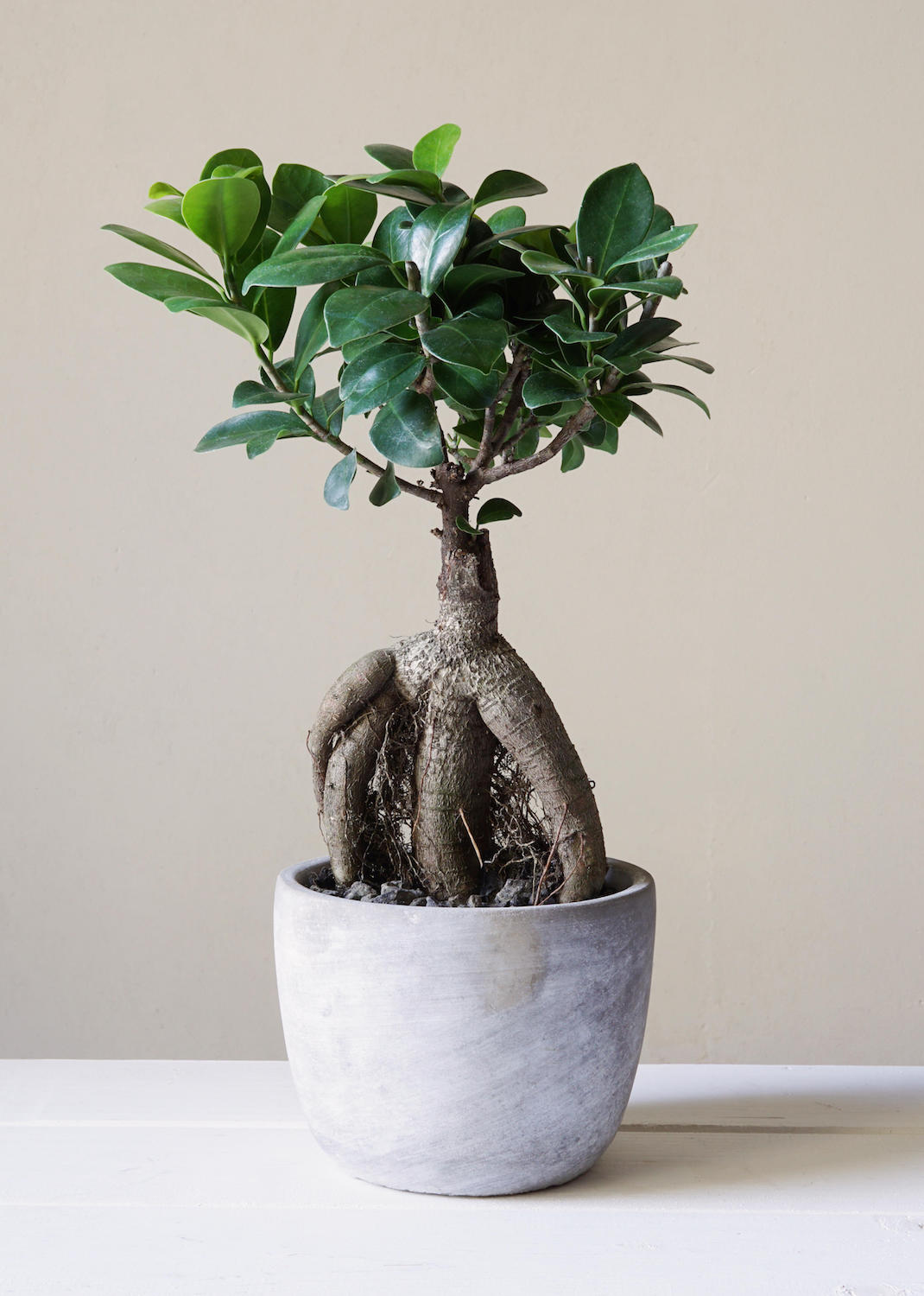
Whether you place the bonsai trees indoors or in the small porch, they will require potting every couple of years. The timing will depend on the species and particular tree but there are ways to tell when it's time.
'Repotting of bonsai will be necessary every 2-5 years depending on the species and age,' says Kat. 'A fast-growing variety will need to be re-potted every 2 years, while a more slow-growing or older specimen can go longer between repotting. To find out if your tree needs repotting, remove it from its pot in early spring and check the condition of the roots. If they are beginning to circle the container, it's definitely time to repot as it is becoming root-bound and will quickly run out of nutrients (and starve). Prune any roots that have outgrown the size of the container, but never prune more than 30% of the roots of the tree.'
How do I keep my bonsai tree happy?
With proper care, bonsai can last for hundreds of years, as full-grown trees would. Traditionally, they are passed down through the generations and revered as a reminder of those who have cared for them before.
A good way to take care of their health is to keep them away from the direct sun. These plants like humid conditions, so damp areas like the kitchen and bathroom are best. Regular watering, pruning them once a year, and fertilizing them will ensure their long life.
Should I spray my bonsai everyday?
If you want your bonsai to look clean and fresh all day, consider misting the leaves once a week. Then take a tissue or a cloth and wipe the leaves down. The best time to spray the plant is at sunset. Avoid spraying the bonsai in full sun at noon.
3 essential products to maintain a bonsai
Jacky Parker is a London-based freelance journalist and content creator, specialising in interiors, travel and food. From buying guides and real home case studies to shopping and news pages, she produces a wide range of features for national magazines and SEO content for websites
A long-time contributor to Livingetc, as a member of the team, she regularly reports on the latest trends, speaking to experts and discovering the latest tips. Jacky has also written for other publications such as Homes and Gardens, Ideal Home, Red, Grand Designs, Sunday Times Style and AD, Country Homes and Interiors and ELLE Decoration.
- Aditi SharmaFormer Design Editor
